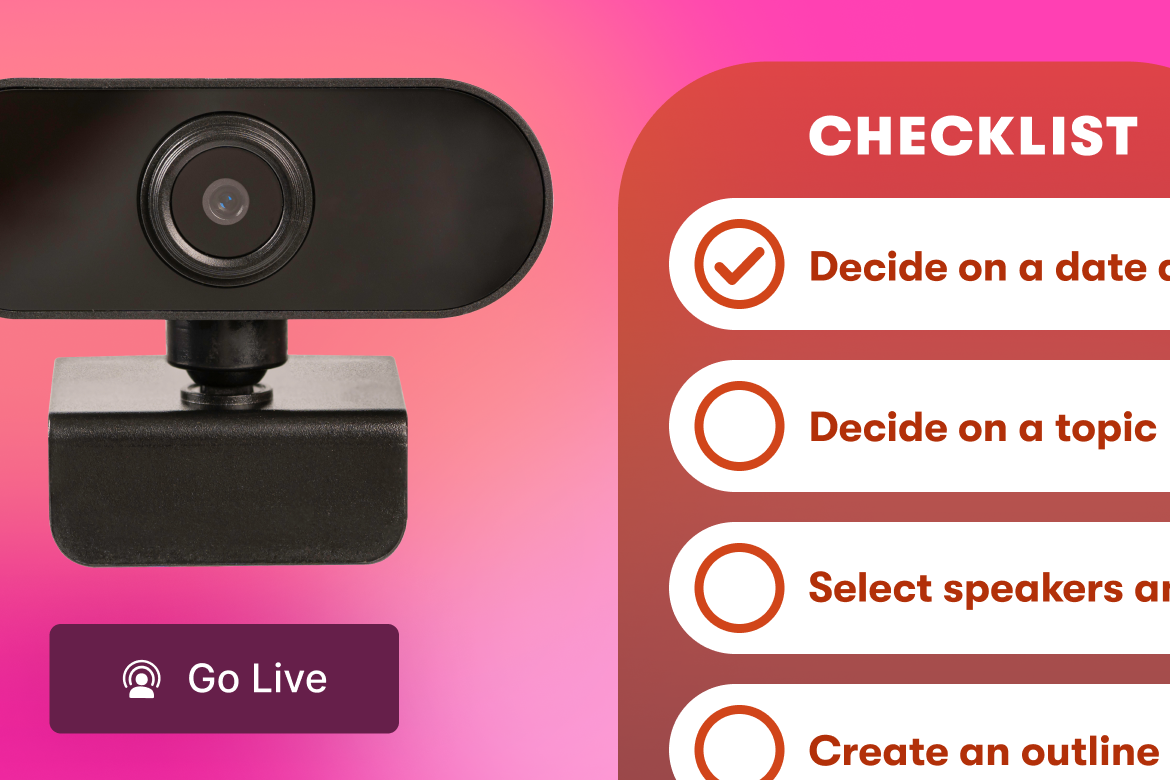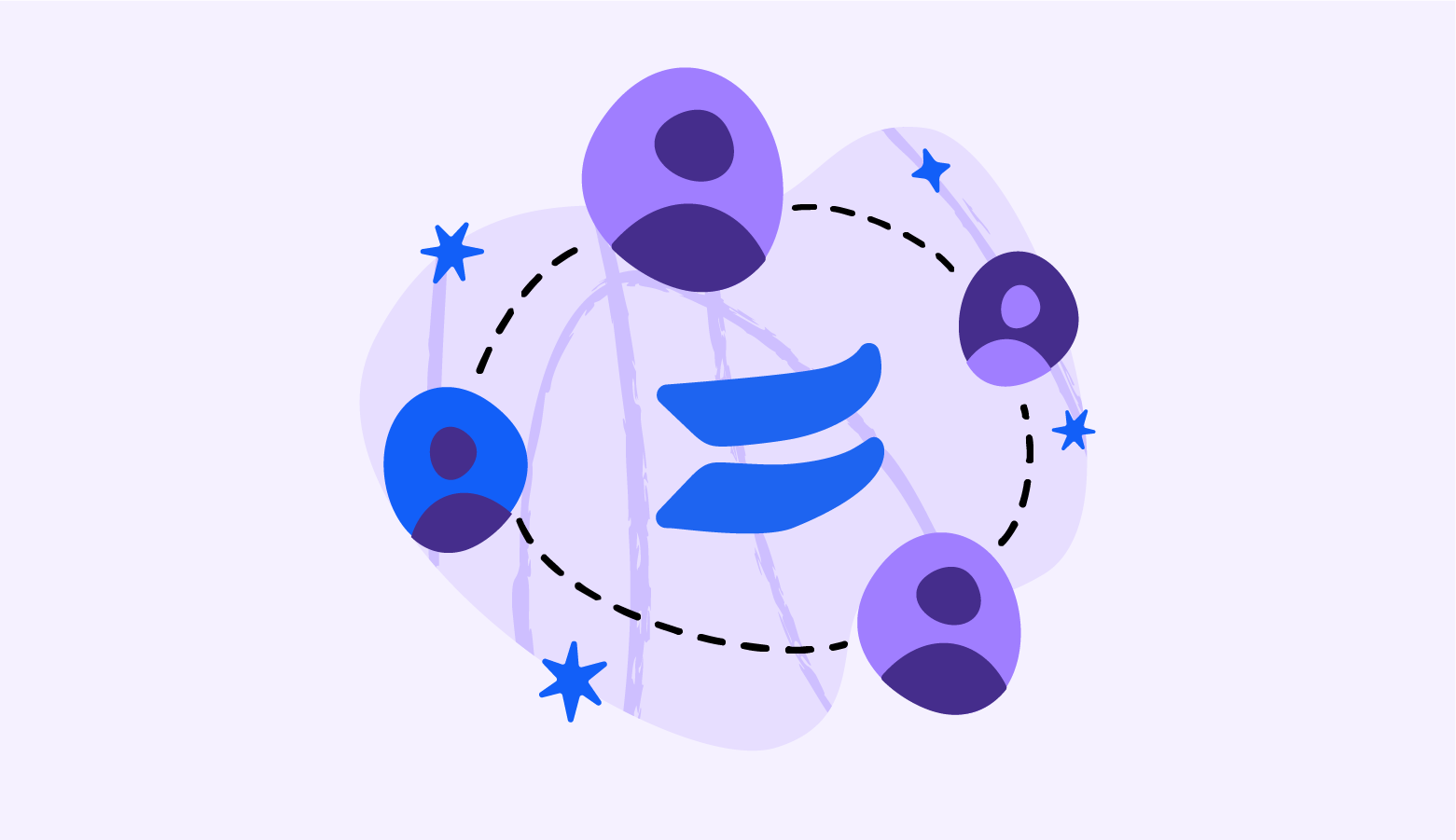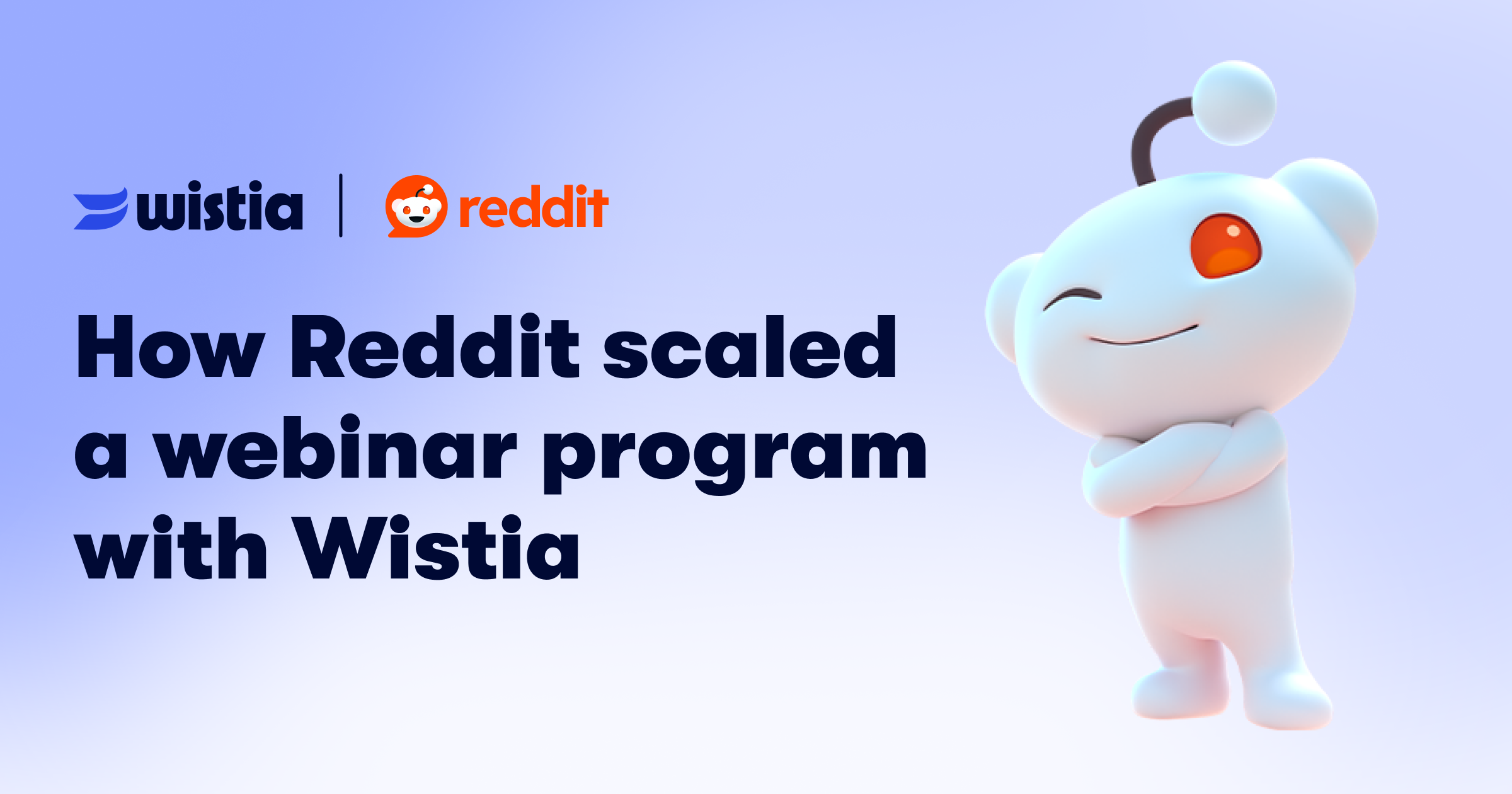From Conversions to Connections: 3 Levels of Video Strategy
July 2, 2014
Topic tags
Like any challenging endeavor, great video marketing has a learning curve. Beyond the technical aspects of lighting, camera settings, and editing software, there’s also critical experience that’s needed to harness the strategic part of video.
To navigate this learning curve it’s helpful to see the spectrum of video options at your disposal. A lens (pun intended) I like to use for these options is centered on the question, “how hard will it be for me to prove the value of my next video to myself or my boss?”
Below is a framework that I find useful for deciding how you can best leverage video at any specific point in time.
If you’re just getting going with video, I recommend starting with conversion-centric videos because these are generally the easiest to measure immediate, direct ROI. On the other end of the spectrum, you can unlock the full potential of video by taking a more ambitious, emotional approach, but direct impact is often going to be harder to measure.
Conversion Videos
Video is really useful for getting a web visitor to do something. Maybe it’s sign up for a newsletter, demo a product, or download something like a whitepaper. Regardless of the specific goal, it’s relatively easy to measure the results of a conversion video:
If net increase in revenue is > cost of video, you equal #winning.
In 2009, the explainer video movement really started to take off. We saw so many companies get started with explainer videos, and we saw so many producers start to build explainer video production houses. Even today, I see more explainer-focused conversion videos than ever.
Here’s a great example made by Adam Lisagor of Lonely Sandwich:
Once businesses start seeing measurable results, they start making videos wherever they think they can increase conversion rates. This even works at scale: Zappos has made over 100,000 videos every year for their product pages.
Teaching Videos
Once companies start seeing measurable success with their conversion videos, they also begin to understand the qualitative benefits that video can provide.
These benefits can manifest in a lot of different ways, and they might seem small at first:
- The questions coming in about a product are more evolved.
- Fewer questions come in after launching a conversion video, even though conversion increased.
- People on camera start getting recognized in person.
In the long term, teaching videos can save you time, automate conversions, and better educate your audience. It can mean the difference between working with your customers to help them achieve their goals, and being stuck helping them understand what the heck your product does in the first place.
Help Scout made this video to walk people through their application, which helps save their support team time:
This video is targeted exclusively at people who have already decided they’re interested in Help Scout’s software
On the other hand, here’s an example of a teaching video used in a different context. Acoustic Guitar uses their series of videos to teach people about different guitars. This allows their audience to access their expertise whenever they need it, and also makes that content easy to share, furthering the company’s content marketing and building trust:
Scaling Feelings
Ahh, finally, we make it to my favorite goal for online video: to make someone feel something. Video is a great way to save time, but beyond that, it’s the best way to scale emotions and human connection.
This is a hard place for most companies to start, but once you get there, you really begin to see the power of video as a medium. Feeling the right thing will motivate viewers to convert. Feeling the right thing will build a deeper brand connection.
It will save you time, and it will sway your audience over to a different way of thinking. Feeling something is what video is best at helping us do. The entire entertainment industry would not exist if videos didn’t successfully draw out human emotions. Everybody likes a good cry.
Here’s an example of a World Cup-themed conversion video that relies purely on a feeling to motivate you to learn more and purchase a new set of Beats headphones:
At Wistia, we learned over the years that our most fun, personable videos also tended to be the most memorable and effective.
Over the holidays, we closed our office for a week so that everyone could go home to their families. We provided support during this break, but our response time was slower than usual. We decided to make a video to humanize ourselves and to delight the people who had the frustrating task of emailing us over the holidays.
We know how frustrating it can be not to get a quick support response. And it’s always frustrating if you don’t know when to expect a response. We were pleasantly surprised that not one person complained about longer support times if they watched the video. In fact, people responded by wishing us happy holidays and letting us know that it was okay that support was taking longer than usual. Showing your human side can go a long way.
What does this all mean for you?
My advice is to reflect on where you find yourself in this spectrum of goals for video.
If you’re just getting going, it makes sense to start thinking about conversion videos. If you’ve made conversion videos but nothing else, then maybe it’s time to start expanding your goals towards saving time to better scale support and content marketing. And if you’re already crushing these goals, then it’s time to start thinking about what feelings you want your audience to have.
It’s still very early days for business video in general, so jump on this bandwagon and let’s go straight to the moon.






